Most Nintendo fans may think of Pokemon or Fire Emblem when the phrase “Nintendo RPG” comes up, but to me, that phrase will always be associated with Paper Mario. To celebrate the Paper Mario: The Thousand-Year Door remaster, we’re ranking every title in the series from worst to best.
Here, I’ll rank all six main installments, not including the remake or the 2017 crossover, Mario & Luigi: Paper Jam. The remake doesn’t contain significant new content from the original game, and Paper Jam is primarily considered a Mario & Luigi title. With that said, here’s every Paper Mario title ranked from worst to best!
Serving as a spiritual successor to Square’s Super Mario RPG: Legend of the Seven Stars, Paper Mario has taken on a life of its own with its unique aesthetic, humor, and beginner-friendly combat. It has become a wildly experimental series with some titles being beloved classics while others have been swiftly forgotten.
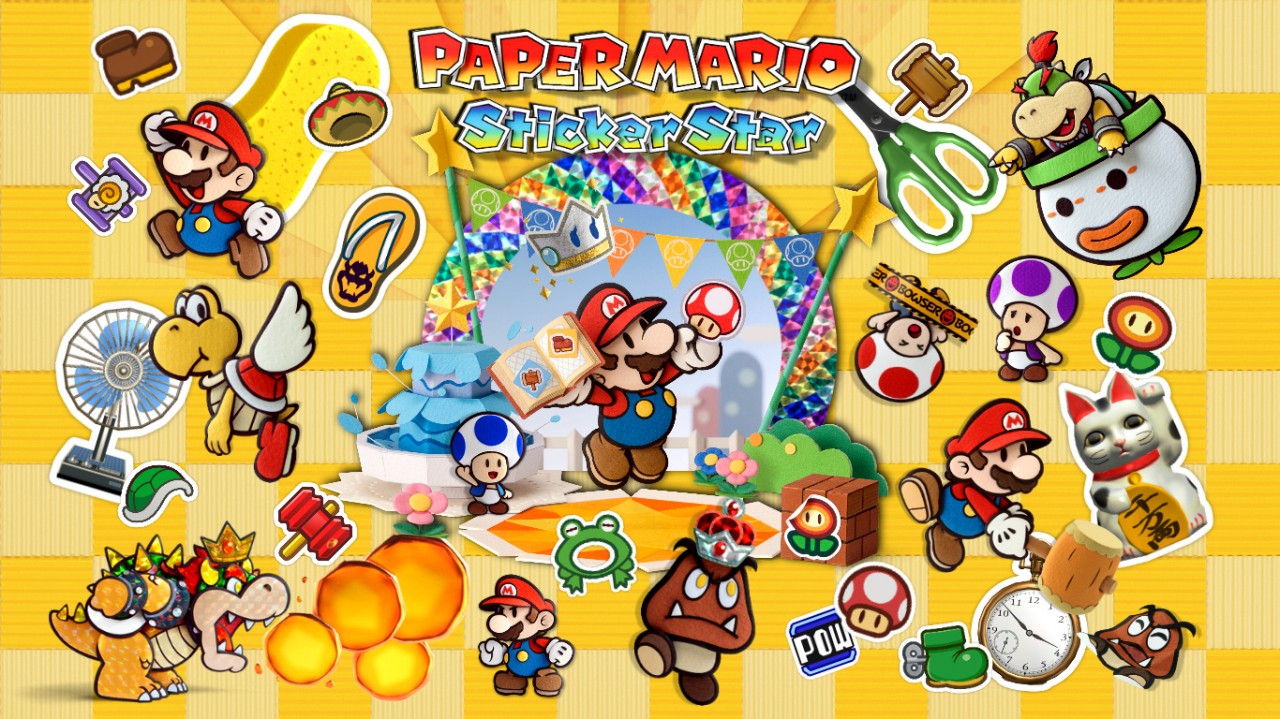
6) Paper Mario: Sticker Star (3DS, 2012)
It’s no secret that Sticker Star is considered by many to be the worst Paper Mario game by a mile. While the idea of having a portable Paper Mario game was exciting to many, the problem was that its mechanics were poorly thought out. Sure, it presented itself as an RPG, but the more open exploration felt undercooked, and combat encounters were almost completely pointless.
At times, it was better to avoid combat given that your attacks were limited to consumable stickers you had in your limited inventory. In theory, this wouldn’t be that big of a problem until you realize that certain stickers are needed for in-game progression. It created this tension where you wanted to use these flashy stickers to lay on damage against enemies but you’re afraid to do so because that may be a plot-important sticker needed to open a new area. With very little humor, personality, or unique environments to explore, Sticker Star was an absolute chore to play through.
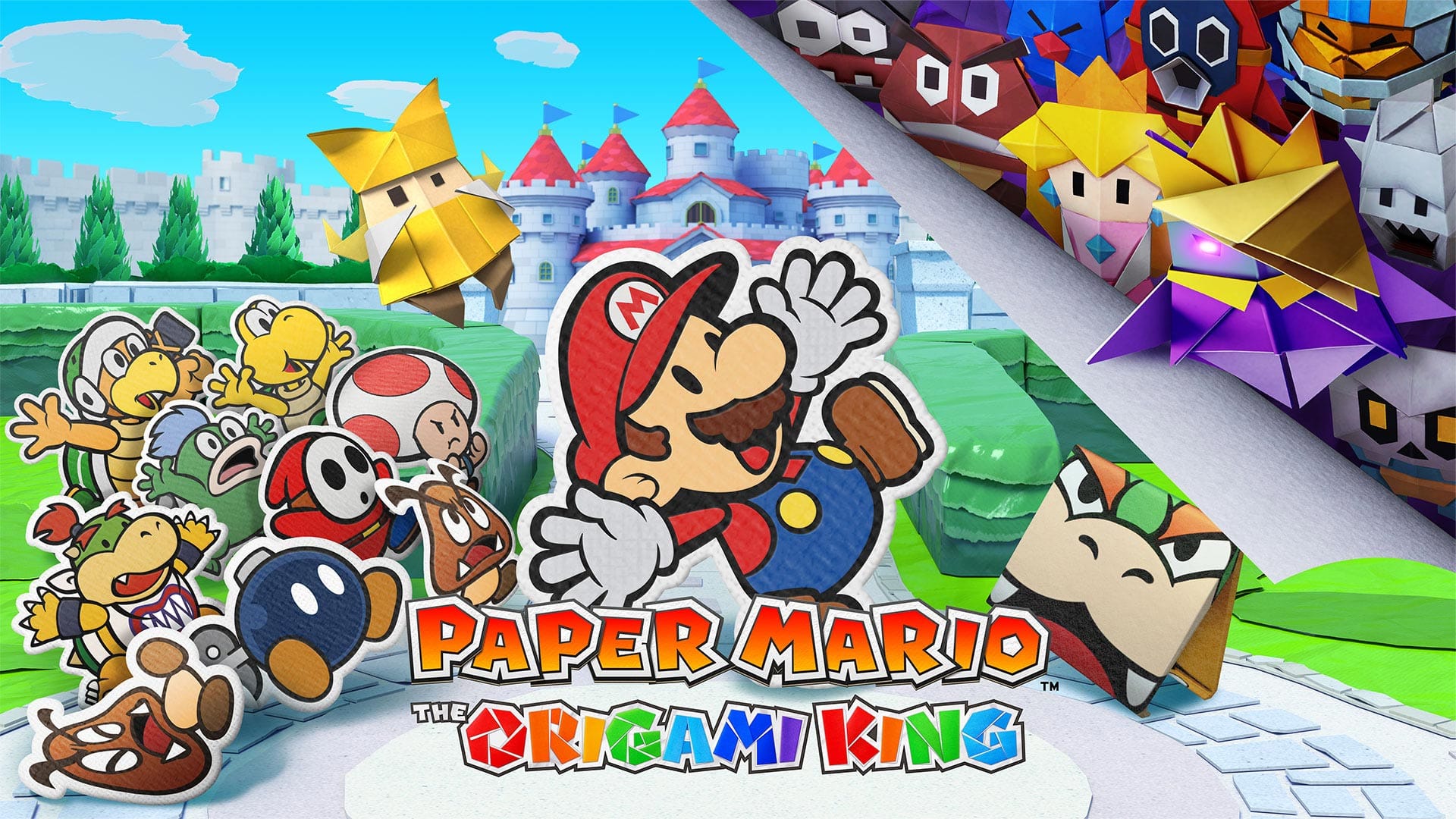
5) Paper Mario: The Origami King (Switch, 2020)
During the pandemic, the sudden announcement and release of Paper Mario: The Origami King was a highlight in an otherwise bleak year. Paper Mario’s bright and goofy charm was on full display, and it had some really stand-out moments, but it experiments too much for its own good.
A ring-based combat system is introduced, which is different just for the sake of being different and doesn’t offer any unique challenge outside of boss fights. Those fights are great, but much like Sticker Star, there’s no real benefit to engaging in combat. Story sequences are fine, especially with great characters like Bobby the Bob-omb, but you can tell that the game feels constrained by Nintendo’s mandates on how much Intelligent Systems could create original characters and scenarios. Origami King is fine enough, but the longer I spent with it, the more I wished it was a more consistent experience.
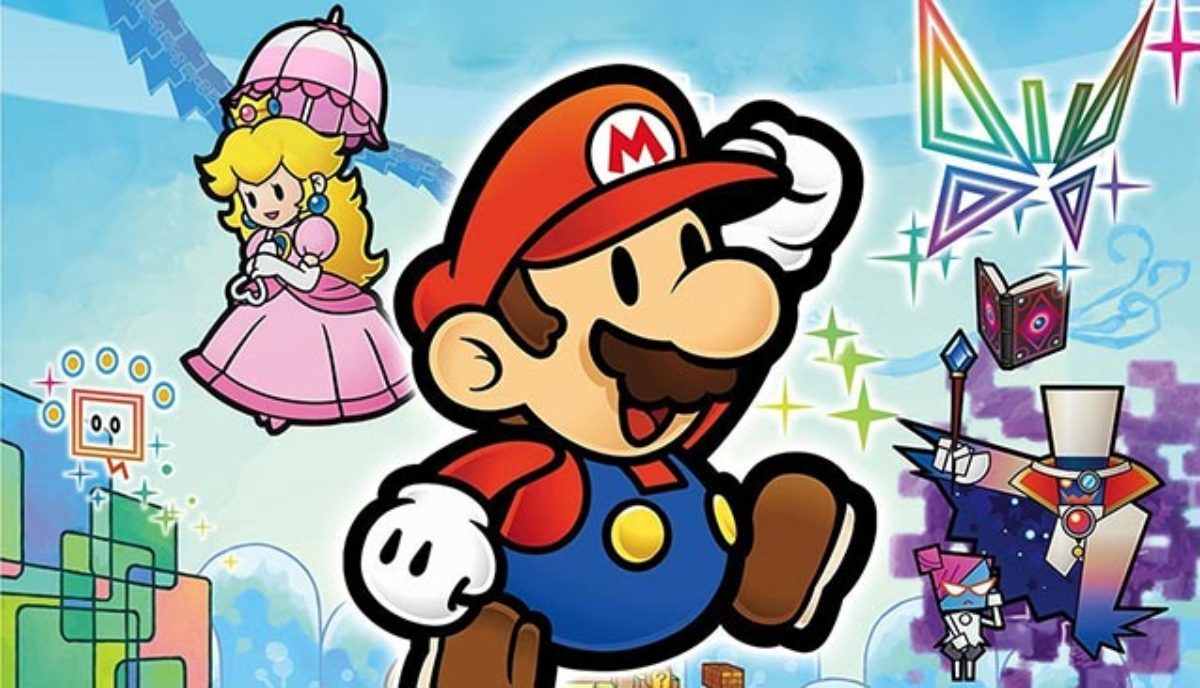
4) Super Paper Mario (Wii, 2007)
Let me be upfront with this – Super Paper Mario has the best story in any Mario game, RPG or otherwise. Its original characters, for the most part, are highly complex and it creates a gripping narrative that truly conveys the impending end-of-world dread. As a game though, Super Paper Mario is fairly basic. It’s a 2D platformer with some light puzzle elements, but the game all but abandoned the RPG mechanics the series was known for, leaving it a pretty easy and mindless platformer. The puzzles are a nice addition, especially with how you’re able to flip the world from 2D to 3D, but without that gimmick, there’s little challenge.
Say what you will about Sticker Star and Origami King, but those games at least had some challenges when you were forced into combat. Here, nothing is a challenge and the only thing keeping you going is the stellar plot. For some that may be enough, and it does help to keep Super Paper Mario from the bottom of the list, but not by much.
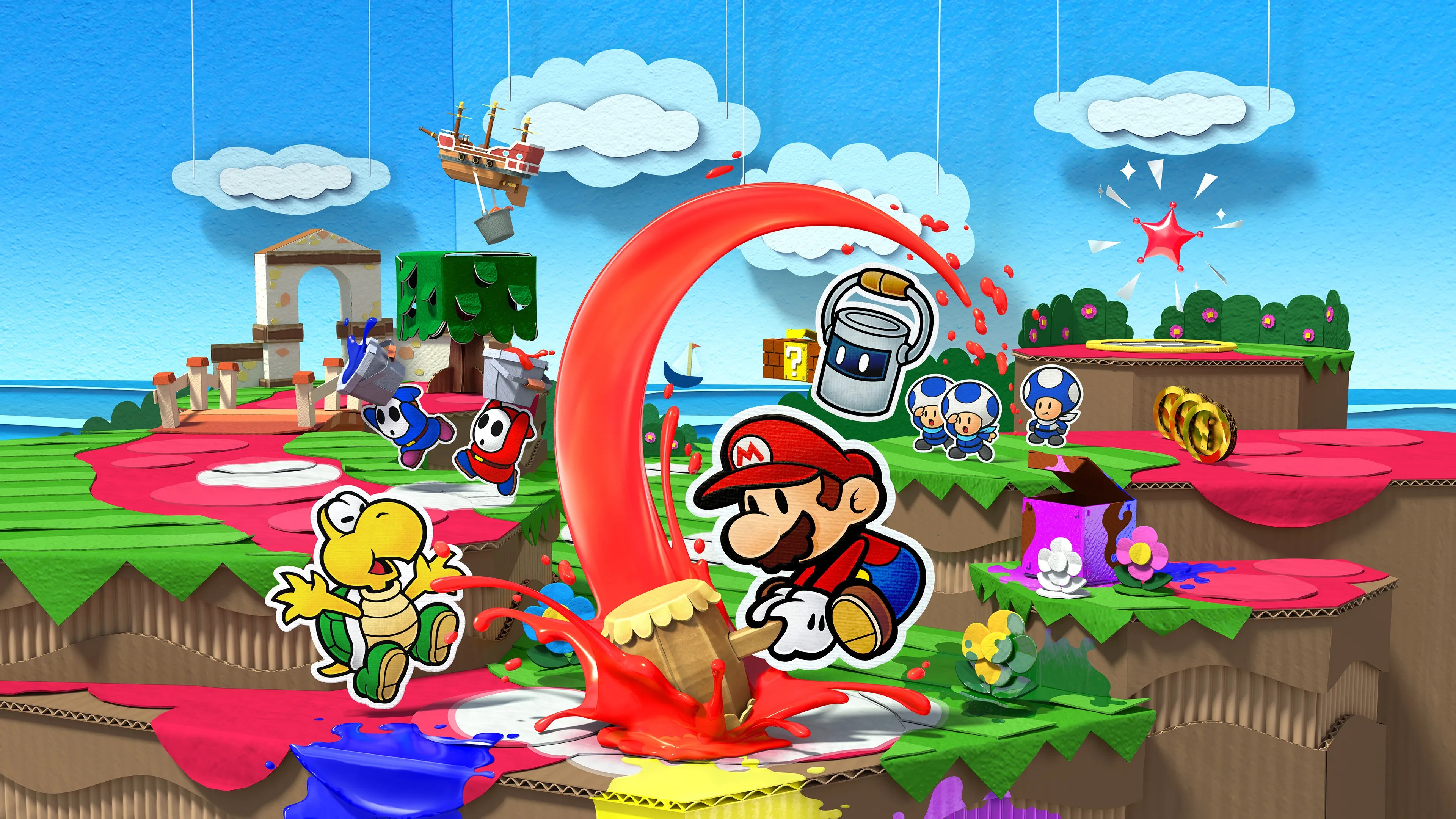
3) Paper Mario: Color Splash (2016)
Okay, hear me out. Yes, Color Splash keeps a lot of the mechanics from Sticker Star. Yes, the game has little to no plot and barely has any originality. And yes, the game sold miserably due to its status as a late Wii U game. But despite everything, there’s just something about Color Splash that works.
The game refines nearly everything that Sticker Star failed. While combat encounters are still superfluous, the combat feels more engaging thanks to a customizable deck system that ties in with the game’s paint theme, wherein you paint a card to use it. The amount of paint you have is tied directly to how much you explore the world, encouraging players to search through every nook and cranny to find more paint. Not only that, Color Splash is hilarious, with moments and sequences that I still think of today. Most people probably didn’t get a chance to play Color Splash when it first came out due to being on the Wii U and is still locked on that console, but if you have the means then I implore you to give it a try.
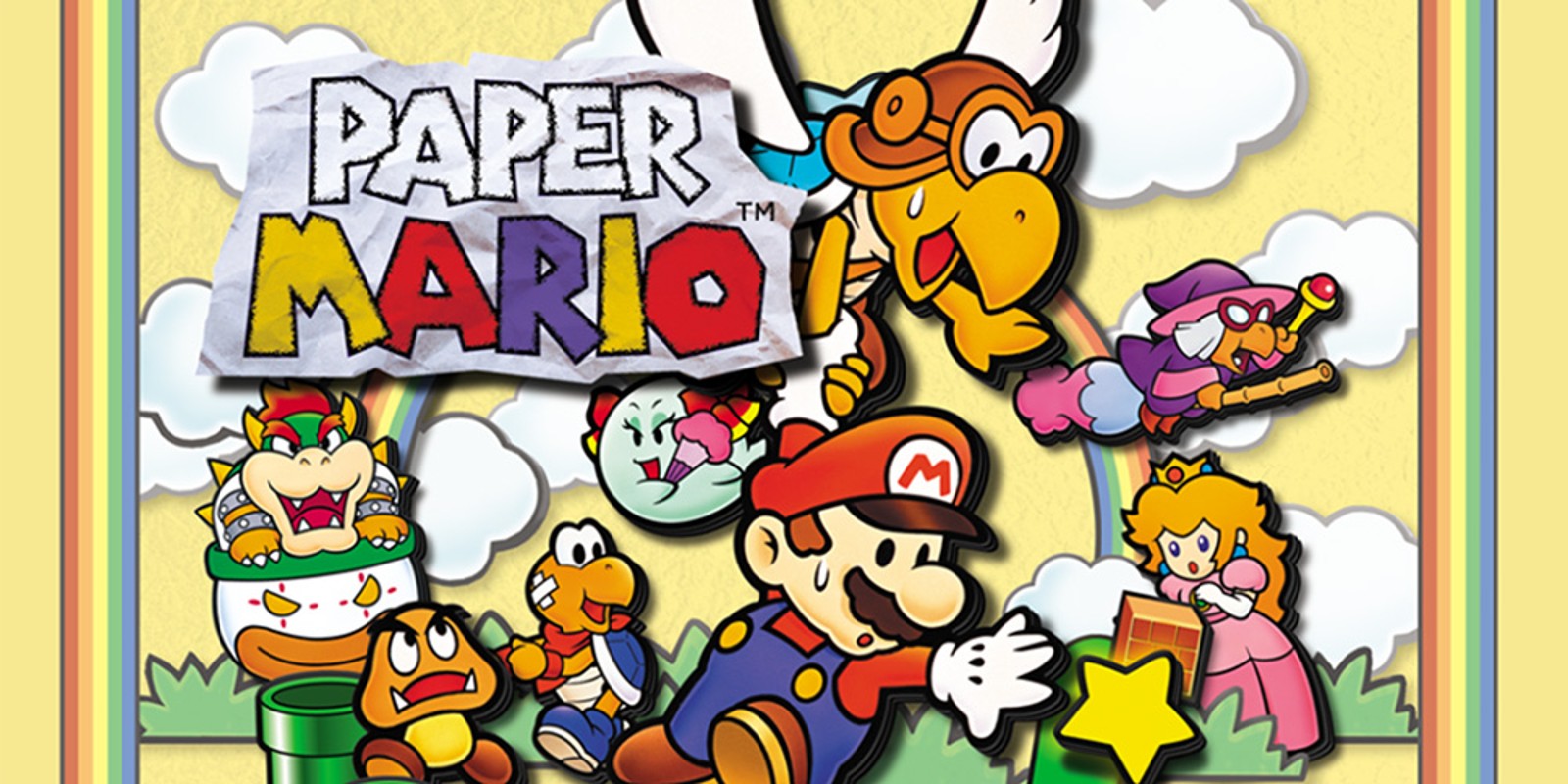
2) Paper Mario (N64, 2000)
I suppose there is some nostalgic putting Paper Mario this high up on the list considering it was the first RPG I ever played. Despite that bias, there’s no denying that Paper Mario is an extremely well-crafted game that is the perfect entryway for newcomers to the genre. There aren’t that many stats or mechanics, but Paper Mario encourages active participation thanks to its Action Commands, where you can damage enemies more by successfully performing button commands. It was easy in some areas, but it wasn’t afraid to present some complicated encounters.
There’s just something comforting about how Paper Mario presents itself. Your quest to rescue the seven Star Spirits will take you all across the Mushroom Kingdom to some areas bursting with personality and character. Your party members each feel like they have specific functions and by the time you reach the end, you’ll feel satisfied with the journey you went through. It’s not a breathtaking experience by any means, but it’s a fun one nonetheless.
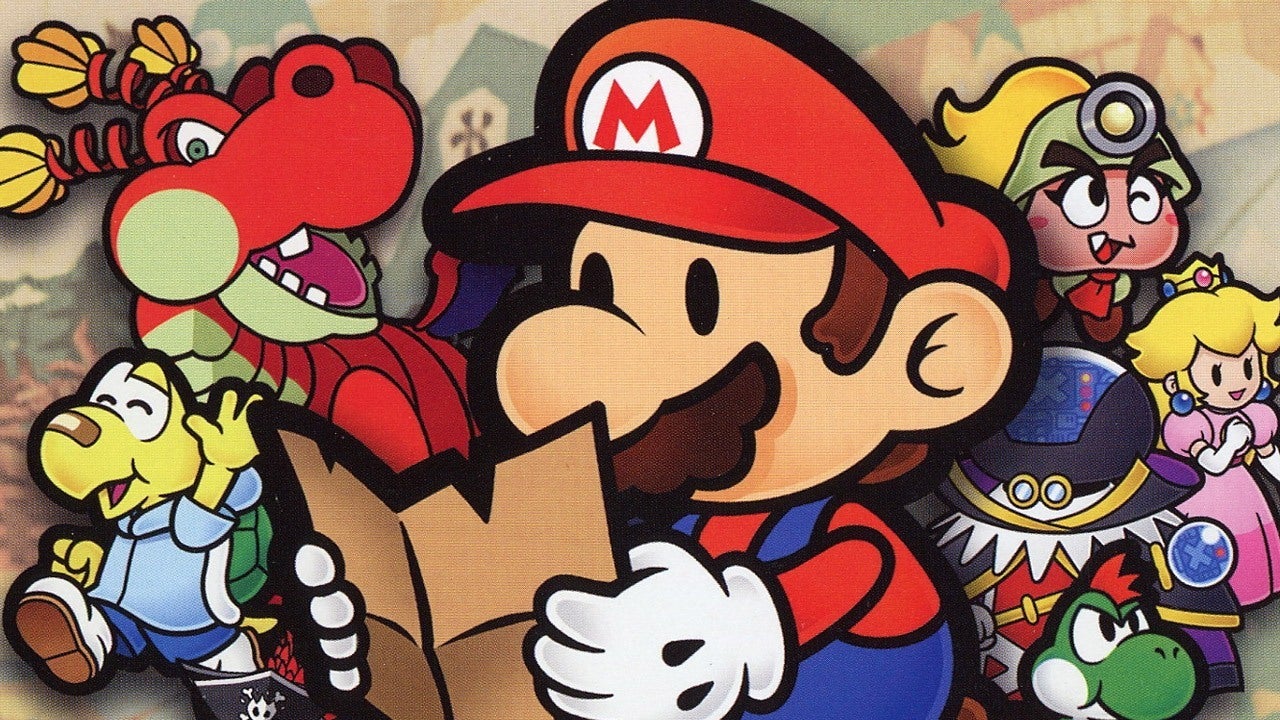
1) Paper Mario: The Thousand-Year Door (GameCube, 2004)
There’s a reason why people have been demanding a remake of The Thousand-Year Door. On the eve of the remake’s release, Paper Mario: The Thousand-Year Door is, by all accounts, a fantastic RPG, not just for the GameCube, but for its entire generation. Once again, we have a game that expands and refines the mechanics of its predecessor and goes all in on making each level bigger and better. There were fun sequences in the original game, but they were nothing compared to fighting a massive dragon, entering a fighting tournament, or going to the moon. Paper Mario games are known for their creativity, and The Thousand-Year Door takes that to another level.
As far as gameplay is concerned, while not much has changed on the surface from Paper Mario to its sequel, it added more depth to the Action Commands and gave you more ways to spice up basic attacks and blocks. Enemies hit a lot harder and with plenty of side quests, like the infamous Pit of 100 Trials, players will be spending plenty of time on the streets of Rougeport. If Nintendo was going to remake any one game from the Paper Mario series, then The Thousand-Year Door is the most obvious and best choice.

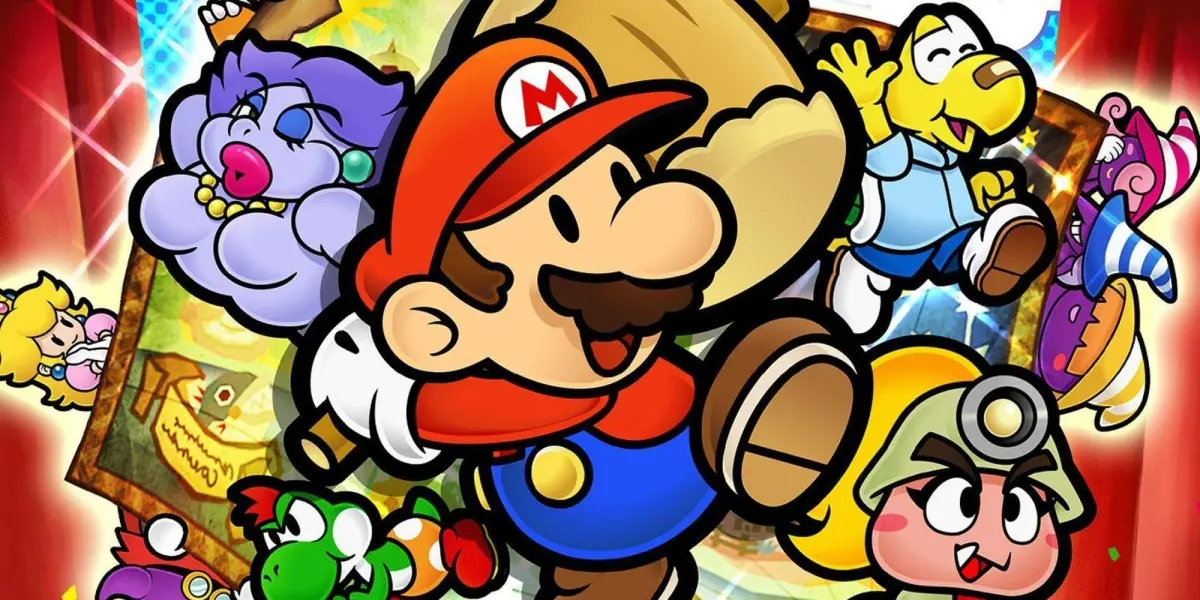



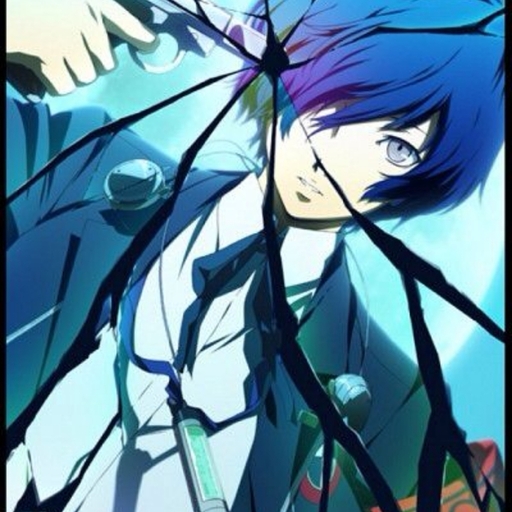
Published: May 5, 2024 04:00 pm